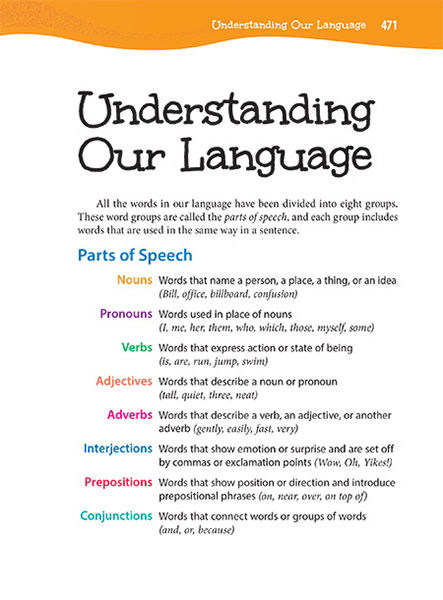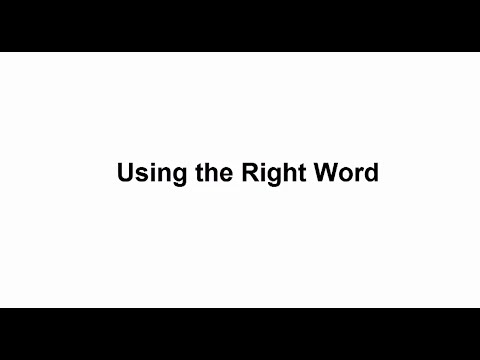Page 471 from

Start Up Activity
Have students freewrite for 3–5 minutes about something that they really like (food, music, TV show, and so on). Next, review the eight parts of speech; then ask students to label one example of the different parts of speech they used. Discuss their work.
Think About It
"I believe in the verb, not the noun—I am not a writer, but someone compelled to write."
—Richard Flanagan

Start Up Activity
Have students freewrite for 3–5 minutes about something that they really like (food, music, TV show, and so on). Next, review the eight parts of speech; then ask students to label one example of the different parts of speech they used. Discuss their work.
Think About It
"I believe in the verb, not the noun—I am not a writer, but someone compelled to write."
—Richard Flanagan



